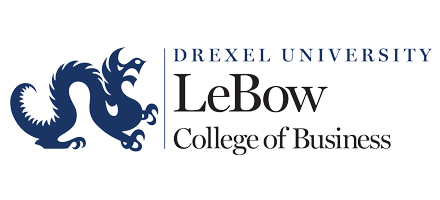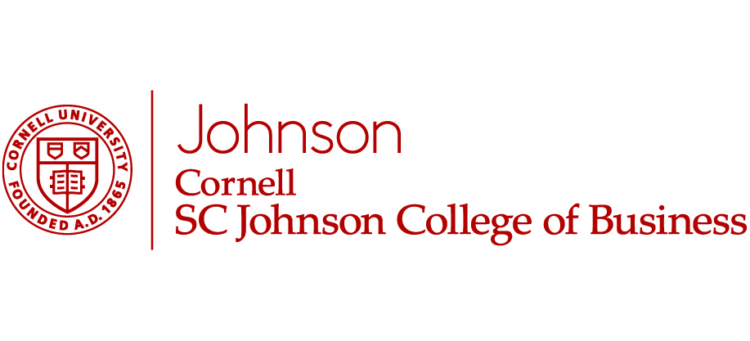
The U.S. has long reaped the benefits that international students and immigrants bring to the country. International students bring a wealth of knowledge to U.S. campuses and contribute US$40 billion annually to the American economy through tuition and living expenses – activities that sustain over 400,000 jobs, according to NAFSA: Association of International Educators.
After graduation, this value to the U.S. is further enhanced: Highly-skilled immigrants – many of whom are former international students – have consistently driven science and technology innovation over the past century, with as much as 36% of total American innovative output ascribed to immigrants. Almost 80% of American unicorns, privately held billion-dollar firms, have an immigrant founder or leaders contributing in critical fields like technology, artificial intelligence and medicine.
IMPACT OF INTERNATIONAL STUDENTS ON THEIR HOME COUNTRIES
With all the benefits international students-turned-immigrants bring to the United States, it’s natural to wonder what impact emigration has on their origin countries, given that knowledge and talent flows disproportionately from the Global South to the Global North. There remains a widespread misconception that these immigrants are contributing to the U.S. at the expense of their home countries. We believe that the outdated model of “brain drain” has evolved into “brain circulation,” where talent is mobile and nonrestrictive, enabling globally dispersed networks of knowledge and skills.
 The most direct way immigrants give back to their origin countries is through monetary remittances. In 2023, remittance flows to low- and middle- income countries were estimated at US$669 billion, primarily to India, Mexico, China, the Philippines and Egypt. These remittances are often crucial for recipient countries, helping to reduce poverty, improve nutrition and build household resilience. In recent years, remittances to developing countries have surpassed the total of foreign direct investment (FDI) and formal development assistance.
The most direct way immigrants give back to their origin countries is through monetary remittances. In 2023, remittance flows to low- and middle- income countries were estimated at US$669 billion, primarily to India, Mexico, China, the Philippines and Egypt. These remittances are often crucial for recipient countries, helping to reduce poverty, improve nutrition and build household resilience. In recent years, remittances to developing countries have surpassed the total of foreign direct investment (FDI) and formal development assistance.
To stay connected to their roots as well as help their new community, immigrants often facilitate business and trade ties that benefit both their origin and adopted countries, driving FDI. For origin countries, jobs created by FDI are generally higher paying and offer better training than local firms, while new countries receive a boost in productivity – providing significant opportunities for both countries.
Highly educated immigrants help build future talent pipelines, charting a path of success for future generations. In their research, Docquier and Rapoport and Beine et al found a positive correlation between highly skilled immigrants and changes in the level of human capital in their origin country. A recent case study reported that when a large number of nurses from the Philippines emigrated to the U.S. due to friendlier immigration policies, there was a subsequent increase in those pursuing nursing degrees at home out-numbering those who had emigrated.
Many migrants eventually return to their origin countries, helping to create businesses that contribute to their economies. In recent years, for example, Tao Zhang attended Wharton and then returned to his native China to found Meituan-Dianping, China’s version of Yelp, and Anthony Tan founded Grab, Southeast Asia’s version of Uber, in his origin country of Malaysia after studying at the University of Chicago and Harvard Business School.
Immigrants and international students also used their foreign education to leverage their influence and power at home: MPOWER Financing estimates that, as of December 2023, 86 world leaders had an overseas education in the U.S., the United Kingdom and the European Union.
INDIAN LEADS BRAIN CIRCULATION IN THEIR HOME COUNTRY
India is a prime example of brain circulation benefits. The U.S. has 4.6 million Indian-born immigrants, and thousands of Indian students have pursued advanced STEM degrees at U.S. schools and remained in the country to become leaders in those fields.
Others who were educated in the U.S. have returned to India to establish their own institutions or companies there, forging the development of India’s own Silicon Valley in cities such as Bengaluru and Hyderabad and creating thousands of jobs. A further influx of skilled Indians who have worked in the U.S. and returned to India with their expertise have sparked a major tech boom there.
FINAL THOUGHTS: PROMOTING STUDY ABROAD IS KEY TO HELPING ALL
Encouraging global education and brain circulation isn’t just a hopeful concept; it’s a necessary step for progress in the Global South. The youth population in South Asia and Africa continues to grow – by 2030, young Africans are expected to constitute 42% of the world’s youth population. But these regions are not yet equipped to support the projected demand for higher education, prompting the need for many students to be educated overseas.
Instead of origin countries seeing this as a challenge, they should embrace the access international students and immigrants have to a high-caliber education. Their skills and contributions enable global success, mutually benefiting both their origin and host countries. Rather than fearing brain drain, countries around the world should encourage the back-and-forth mobility of brain circulation.
Sasha Ramani is head of Corporate Strategy for MPOWER Financing, a public benefit corporation offering scholarships and no-cosigner loans to international students coming to the United States and Canada. To learn more about MPOWER Financing, please visit www.mpowerfinancing.com. Dr. Rajika Bhandari is principal of Rajika Bhandari Advisors, an international education research and strategy firm, and an author and speaker on international student mobility. Learn more about her work at: www.rajikabhandari.com.
DON’T MISS COMMENTARY: THE YEAR OF DEMOCRACY & AMERICA’S ROLE IN THE WORLD




